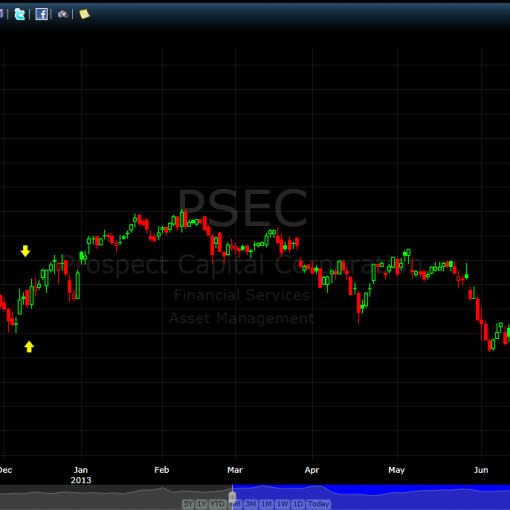 Author: William Smith
Author: William Smith
Models: Price Volatility Volume and Core Price Volatility Volume
In the midst of the recent market volatility and account drawdown, I’ve received a few questions about my trading strategy. I’m happy to answer these questions any time, and of course they seem to be far more frequent during an equity pullback (drawdown).
Believe it or not, these questions are extremely easy to answer. As a quantitative trader I follow a strict set of rules that I have tested and measured. I believe this set of rules has a significant edge. I’ve written a lot about drawdowns and losses on this blog, so in no way do I believe they are avoidable. They are just tolerable and a part of the system.
Why did you sell XXX?
One common question is why I sold a particular stock at a particular time. My tested trading rules predetermine the exit point for every trade before it is entered. Some exits are profitable, and some not, but all follow specific rules. I don’t reveal my exit rules, as they are a part of my proprietary trading system. Specifically, I was asked about why REDF was sold from my model last week. That particular trade was exited because it had reached a preset profit target.
Why did you suddenly become full invested?
After many weeks of minimal market exposure, and quite a lot of time fully in cash, it might seem odd that I was fully invested. Backtests indicate that average exposure to the market over the past 12 years is about 25%. This average, however, is made up of many times in all cash, lots of small positions and a few occasions when I was “all-in”.
To be a little more precise, in backtesting over the past 12 years there have been about 85 occasions where I was fully invested, or nearly so. On average that’s about seven times per year. Generally these fully invested “moments” last only a day or two, with the longest lasting about 10 days.
Why did you invest so heavy in silver stocks and ETFs?
Another question that was asked was why I had so many positions in silver during this last onslaught of trades. This is similar to questions I have answered in the past about diversification. In other words, why did I take so many trades in one particular industry or sector?
Recently I faced a similar issue which I raised around the problem trade with Puda Coal (NYSE: PUDA). This wasn’t specifically about industry, but about foreign stocks. Should I filter them out? Should I have special rules for them?
As discussed in this post, I’ve done a fair amount of backtesting in this area. My conclusion is that filters and limits around industry, sector, country, and most other criteria do more harm than good. I admit it’s scary and feels risky to take more trades in a specific group. It’s important to realize, however, that mean reversion tendencies work on groupings of stocks, just as they do on individual stocks. In fact, groups (such as industries) are generally more mean reverting that individual stocks, which can be affected by isolated company issues.
For example, when coal companies tanked in early April, I bought Puda Coal (Ouch! Don’t remind me). The coal industry as a whole snapped back quite nicely, but Puda never did, due to company specific shenanigans pulled by the CEO. Here’s one instance when I wish I had bought five coal companies instead of just this one.
How do you feel about your trades during these last losses?
I hate losing money as much as the next guy. Believe me, it’s always painful. That being said, I will stay the course. I have a tremendous amount of confidence in my trading approach and the engineering behind it.
One of the reasons I like being a quantitative trader is because I can look back and effectively decide if I made the right decisions. The right trading decisions are not emotional. The rules I follow are backed up by extensive research and data (literally millions of trades). Probabilities fail us sometimes, especially in shorter time spans; but over the long haul I will side with the edge.
Good trading…


